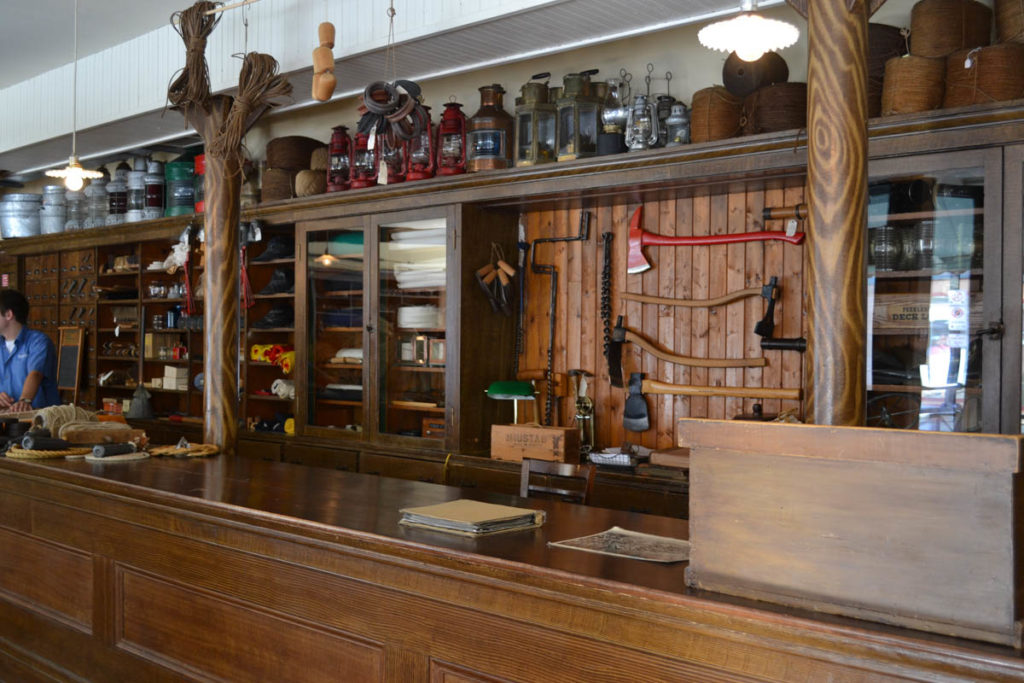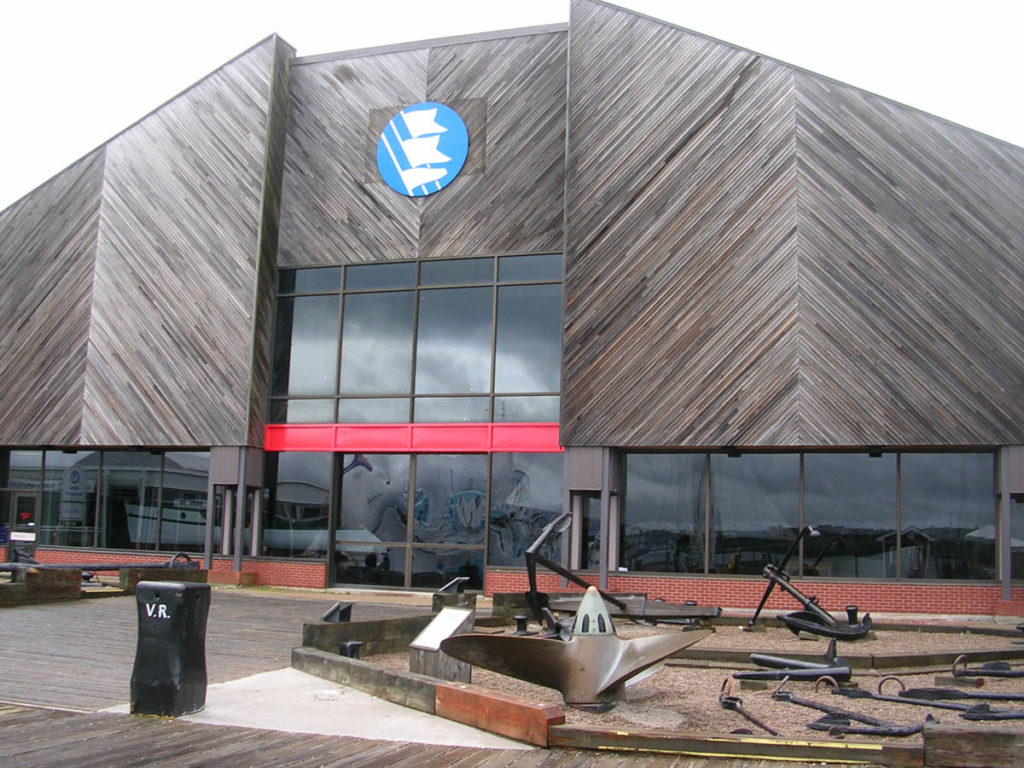The Atlantic Maritime Museum is a maritime museum in downtown Halifax, Nova Scotia, Canada.
The museum is a member institution of the Nova Scotia Museum and is Canada’s oldest and largest maritime museum, with over 30,000 artefacts on display, including 70 small craft and a steamship: the CSS Acadia, a 180-foot steam-powered hydrographic survey ship launched in 1913.
The museum was established in 1948. It was originally known as the Maritime Museum of Canada and was located at HMC Dockyard, Halifax Harbour’s naval base. Several naval officers served as volunteer museum chairs until 1959, when Niels Jannasch was hired as the museum’s founding director, a position he held until 1985. The museum relocated several times over the next three decades before its current home was built in 1981 as part of a waterfront redevelopment program. In 1982, the museum was awarded the CSS Acadia. The museum is now a part of the Nova Scotia Museum system.
Aside from over 30,000 artefacts, the museum also has 30,000 photographs, as well as a large collection of charts and rare books. The Niels Jannasch Library, a public reference library, is named after the Museum’s founding director. The museum houses Canada’s largest collection of ship portraits, including the country’s oldest, as well as a large collection of ship models, including the original production models of the television show Theodore Tugboat. Whim, a 1937 C-class sloop, is being restored in one of the boatsheds on the wharf behind the museum. The boatsheds also house some of the museum’s small craft collection.

Days of Sail, Age of Steam, Small Craft, the Canadian Navy, the Halifax Explosion, and Shipwrecks are among the public galleries. A special permanent exhibit investigates the sinking of the RMS Titanic, with a focus on Nova Scotia’s role in recovering the bodies of Titanic victims. The museum houses the world’s most extensive collection of wooden Titanic artefacts, including one of the few surviving deck chairs. The Titanic exhibit also includes a child’s pair of shoes that assisted in the identification of the Titanic’s “unknown child” as Sidney Leslie Goodwin.







